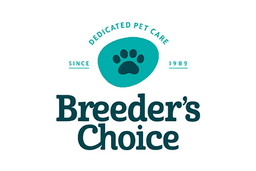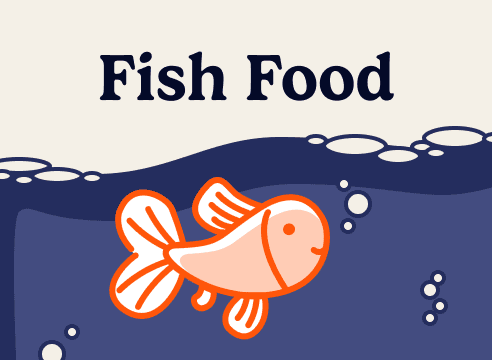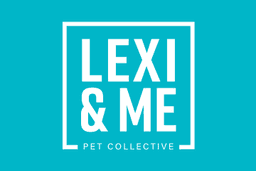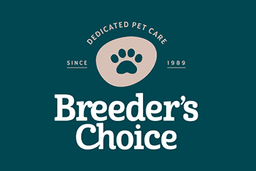Cat Body Language – What is Your Cat Trying to Tell You?
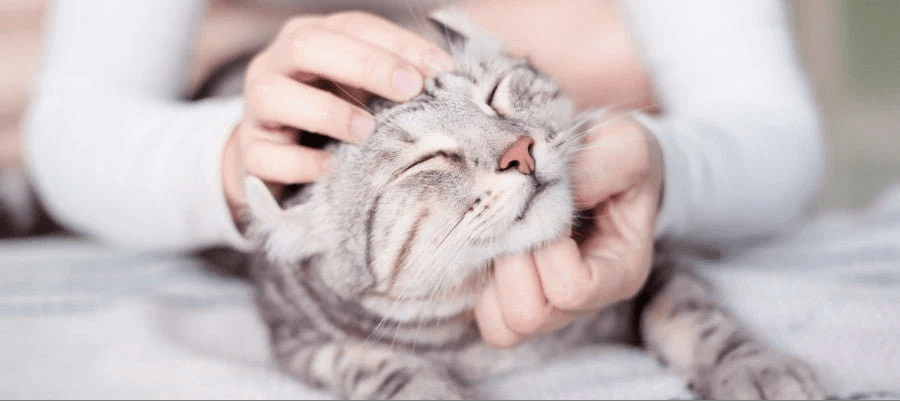
Some people might say that cats don’t show emotion the way dogs do, and that they’re mysterious and disinterested creatures.
However, cats are in fact nearly always communicating with their owners in some way. While they might not do so as overtly as dogs, there are plenty of tell-tale signs from your cat’s body language and vocalisations that give the game away.
Here are some tips for recognising what your cat is telling you.
Reading cat body language
As a rule, cats communicate through body language, especially when they’re with other cats. They will also do the same with their humans – but since we’re not cats ourselves we may misinterpret the signs!
You can tell the sort of mood a cat might be in from its posture and features. Here’s how.
The eyes have it:
If your puss sits and stares at you, don’t be disconcerted! Eyes that are wide open or slowly blinking indicate they are feeling safe and happy or affectionate.
Dilated pupils however can mean your cat is excited, startled or scared, while slit-like pupils or nearly-closed eyes may mean your cat is in a bit of a mood!
The ears tell a story:
A cat’s ear positions can be constantly changing. A pleased and contented cat’s ears will point slightly forward. But if you see your cat’s ears swivelled sideways, it usually means they are feeling scared or alerted to danger.
You can also expect to see your cat’s ears sticking straight up when something has caught their attention. Ears that are flattened on the other hand indicate a pretty cross cat!
Tall tails and true:
When your cat is feeling happy and friendly, expect to see their tail pointing straight up or with a slight curl at the tip. And if they wrap their tail around themselves while sitting, they are feeling especially loving.
A cat’s tail can also indicate playfulness or curiosity. In fact, a curious cat’s tail can sometimes form a kind of ‘question mark’ shape!
Cats also wag and swish their tails. You may have heard that a dog wags their tail because they are feeling happy and friendly. But a wagging or thumping tail in a cat can indicate grumpiness.
A tucked-away tail will usually mean the cat is feeling upset or nervous. But look out if their tail is fluffed out like a bottle-brush! This indicates your cat is feeling very threatened, even terrified. This is the sort of thing that could happen if they have just come across an unfamiliar dog.
The cat’s whiskers:
Cats use their whiskers as vibration sensors and to measure if they can fit through an opening. Whiskers also help protect sensitive areas on a cat’s face.
Oddly enough, whiskers can also indicate emotions. If they are looking rigid for example, it can mean your cat is feeling threatened.
Relaxed whiskers on the other hand indicate your cat is quite content right now. And when your cat is curious about something, you may see their whiskers facing forward.
Body postures:
The postures cats form can tell we humans a lot about them.
For example, if your cat is stretched out or lying on their back, it shows they trust you a lot. And if they let you rub their belly, then you know they really trust you!
Other postures are also interesting. An arched back for instance can mean either “pat me” or “keep away” depending on the context. If accompanied by bristly fur, then it’s probably the latter!
When your cat rubs on you, it’s a way of showing their ownership of you. Another thing your cat might do is ‘knead’ you with their paws. Kneading is a huge sign of trust and affection – take it as a compliment!
Cat vocalisations – what their sounds can tell you
Cats make a lot of different sounds, such as purring, meowing and hissing.
Purring is something that is not fully understood. It certainly seems to indicate contentedness, but cats will also sometimes purr if distressed or injured. This might indicate a kind of self-soothing mechanism.
Cat meowing is essentially kitten-like behaviour as you won’t normally hear cats meowing at each other, except between kittens and their mothers. Short, high-pitched meows, or ‘trilling’ noises in the throat, indicate your cat is pleased to see you and would like a pat or some food.
When it comes to using sounds, adult cats tend to reserve those mostly for humans. This may be because humans use their voices to talk to them and so they respond in kind. Cats may also have figured out that they get a desired response from us when they use speech!
Spitting, hissing, growling or yowling of course mean a cat is angry or scared. If you hear this, it’s not a good time for a cuddle.
So cats really are trying to tell you something all the time – you just need to learn to listen and interpret the signs!
How to tell if your cat loves you
Do cats show affection?
Every cat is different, and some will be more expressive than others. Some cats also need ‘drawing out’ more than others. A cat that has been traumatised may also be slow to warm up to humans.
It’s best to be guided by a cat that doesn’t readily show affection. This includes letting them be alone if they want and responding in kind if they show any small affectionate signs.
Also, by being calm, undemanding and consistent, you will help your cat feel safe so they can come around when they are ready.
Signs of affection in cats
- Head-bunting, cheek-rubbing and leg-rubbing: cats only do these things to people they are really fond of. When they do this they are also marking you with their scent, in a sense saying you belong to them and they are attached to you.
- Rolling over: cats are vulnerable on their backs, so if your cat rolls onto their back and displays their tummy, they trust you a lot. Many cats however will react instinctively if you touch their stomachs, so if you have a cat that lets you stroke their belly, you’ve hit the jackpot!
- Bringing in dead animals: the common reaction to this one is one of horror, but really, your cat is taking care of you in a way by bringing you food. If you want to discourage this behaviour, keep your cat indoors or in a cat run, and make sure to spend plenty of time playing with them.
- Kneading: kittens do this when suckling, so if your cat kneads you with their paws, they are feeling very happy and contented around you.
- Tail expressions: If your cat wraps their tail around your leg for instance, it’s usually a definite sign of fondness and affection.
- Slow blinking: if your cat stares at you and slowly blinks while doing so, they are showing you they love you and feel safe near you.
- Grooming: cats will groom other cats they are attached to, so if your cat licks you, it is a sign of attachment and affection.
- Vocalisation: cats can also show affection through their voices, such as by meowing at you in a greeting when you come home after being out.
While these are individual behaviours, there are some cats that will do the lot at once – kneading, purring, blinking, tail-wrapping, and more. If this happens, you have a cat that adores you to bits!
Signs your cat has imprinted on you
In the animal kingdom, imprinting happens when an animal identifies with its parent at birth, or with whatever creature or object it sees first.
You wouldn’t want your cat to totally imprint on you in that sense of course, but pet cats will often act in all kinds of ways that indicate a degree of imprinting, or at least very strong familial bonding.
For example, if your cat sits on your lap or sleeps beside you while kneading you and purring, they are definitely showing signs of strongly bonding with you. Other signs of imprinting or bonding include rubbing on your legs, head-bunting, grooming you and following you around wherever you go.
Responding to your cat
Now that you know how to tell if your cat loves you, make the effort to respond as this will make your cat even more happy.
Here’s what you can do:
• Slowly blink back at your cat when they blink at you.
• Stroke your cat with a brush when they groom you.
• Rub your head on theirs when they head-bunt.
• Play with them when they are in a playful mood.
By taking care of your cat’s health through good diet, you are also expressing your love and they will appreciate you for it.


















